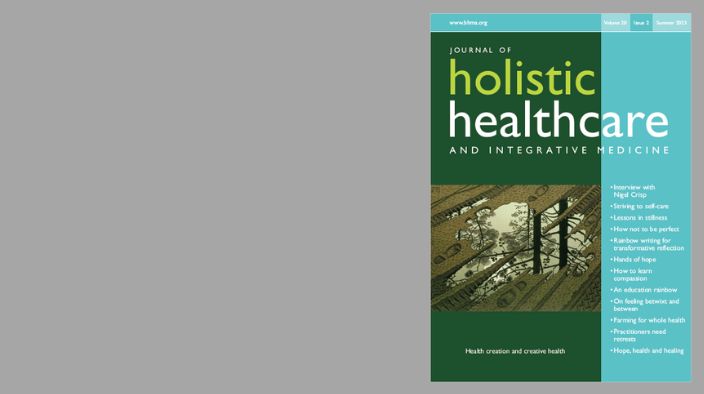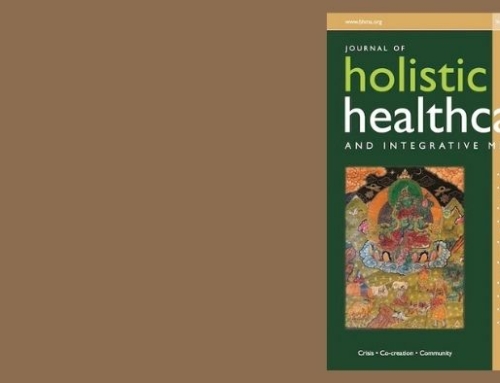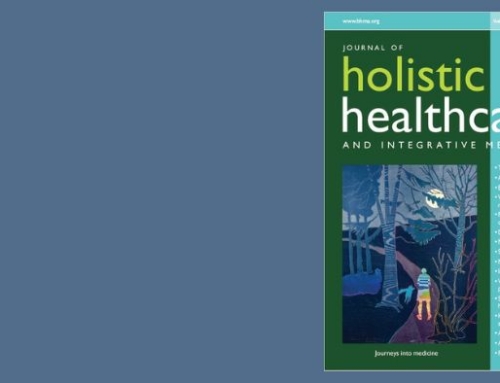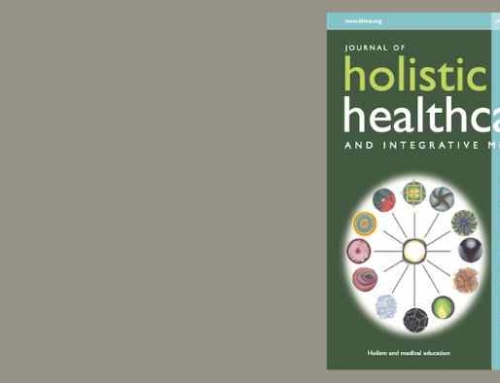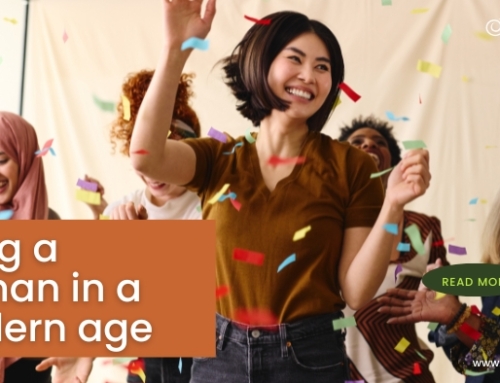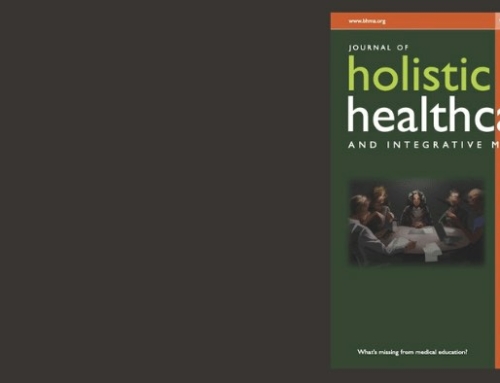Health Creation and Creative Health
Editorial by David Peters and Louise Younie
JHH 20.2 Health Creation and Creative Health
‘Invention, it must be humbly admitted does not exist in creating out of void, but out of chaos.’
Mary Shelley in her introduction to Frankenstein (1818)
Health creation: creating the conditions for people to live healthy, meaningful lives.
Creative health: creating the conditions and opportunities for arts, creativity and culture to be embedded in public health, clinical practice and health professional education.
There is plenty of robust evidence showing that creativity is good for us, for example the scoping review of 3,000 studies published by the World Health Organization (Fancourt & Finn, 2019) or the collated research by the All Party Parliamentary Group on Arts, Health and Wellbeing (2019) now underpinning the National Centre for Creative Health (https://ncch.org.uk/). But how to approach this hard-to-grasp aspect of self-care? In this issue of JHH newly qualified doctor Hugo Jobst interviews former NHS Chief Executive Lord Nigel Crisp, who reminds us that if we are to live healthy, meaningful lives people need not just good enough food, care, housing and education but also autonomy, healthy social networks, meaning, purpose and access to nature.
Healthcare can be creative, and we suspect that those who make their work creative are having more enjoyable and sustainable careers. Let’s look forward to a future where holistic healthcare, having made creativity a byword for wellbeing, has grown many more opportunities for arts, creativity and culture be embedded in everyday life, for the benefit of doctors and patients alike. Until such times of enlightened policy are with us, we look to our authors for working examples of individual health creation initiatives. Though their creativity could have been inspired by curiosity and hope, more generally it was because of a wicked problem or perhaps a crisis: we have seen time and again how healthcare practitioners become change makers after experiencing the part creativity can a play in their own stressful overstretched lives. For this issue of JHH we asked clinicians and students of medicine to share their experiences of how difficulties elbowed them into making changes.
Our cover is a famous woodcut made by the brilliant MC Escher. In the muddle of life’s journey with its messy tyre tracks and footprints, he looks down and sees in the mud, a reflection of something more.
If we see hope in Escher’s visionary yet (literally down to earth) image, where, in the messy trackways of NHS life, are light and space to be found? In an organisation so obviously exhausted and unwell, where burnout is rife, can we co-create a bigger more creative vision of its founding values of conscience, courage and compassion? Antonovsky, when he originated the notion of salutogenesis in the late 1970s, wrote that health creating lives and coherent societies (and by extrapolation organisations) need to be comprehensible, manageable and meaningful. In this issue Nigel Crisp speaks of a values-driven service which we will have to fight for, and for vision to be created not by politicians but rather by those who know its workings, hardships and triumphs from the inside.
Our authors have in various ways been playing in this metaphorical territory. Final year medical students Bethan Harris and Isabel Sawyer (now foundation year 1 doctors) explore the tricky transition across the liminal space between student and doctor as they prepared to start as FY1 doctors this summer. Maliha Banu’s research tackles how student and GP educators understand compassion, the challenges in the reality of practice, the importance of clinician role-modelling and of relationship and co-creative learning – students from clinical educators but also vice versa. A creative enquiry by Ellie Carter reflects on the dangers of perfectionism and one from Rebecca Walker considers why medics resist self-care. Having taken working life to the ends of their tether, dedicated GPs Kathleen Wenaden and Edwina Lawson explain how this led them to their own creative solutions.
Medical teachers face an uphill struggle when the core learning required makes major demands on students’ imagination (a challenge wherever education aspires to be holistic). In her article Linda de Cossart presents an approach through the use of colour which enables transformative reflection. Ross Bryson illustrates his rainbow metaphor for discussing soul in medicine, while Jonathan Macfarlane and Dojham ask how we retain empathy and compassion in a dehumanising world. Writing cross-culturally between Mallorca and Iran similar themes of autonomy, agency and trust emerge as core to the human dimension of practice. Soil Sisters Miche Fabre Lewin and Daphne Lambert address the big picture of intersecting health creation, optimum food, regenerative agriculture and culture change. To close this summer 2023 issue inner city GP Jonathon Tomlinson shares experiences of the potential for health creation and the crucial role of hope in his work with people whose experiences of trauma and violence are the background to resistant chronic pain.
Creative health and health creation invite recognition of, and ‘riff on’, the importance of shared humanity in healthcare. This edition of JHH enables thinking around the edges of what it is to be human as clinician or patient, and the nurturing of relationships in between.
- All-Party Parliamentary Group on Arts, Health and Wellbeing (2017) Creative health: the arts for health and wellbeing, Inquiry Report.
- Antonovsky A (1979) Health, stress and coping. Jossey-Bass Publishers.
- Fancourt D & Finn S (2019) What is the evidence on the role of the arts in improving health and well-being? A scoping review. World Health Organization.

